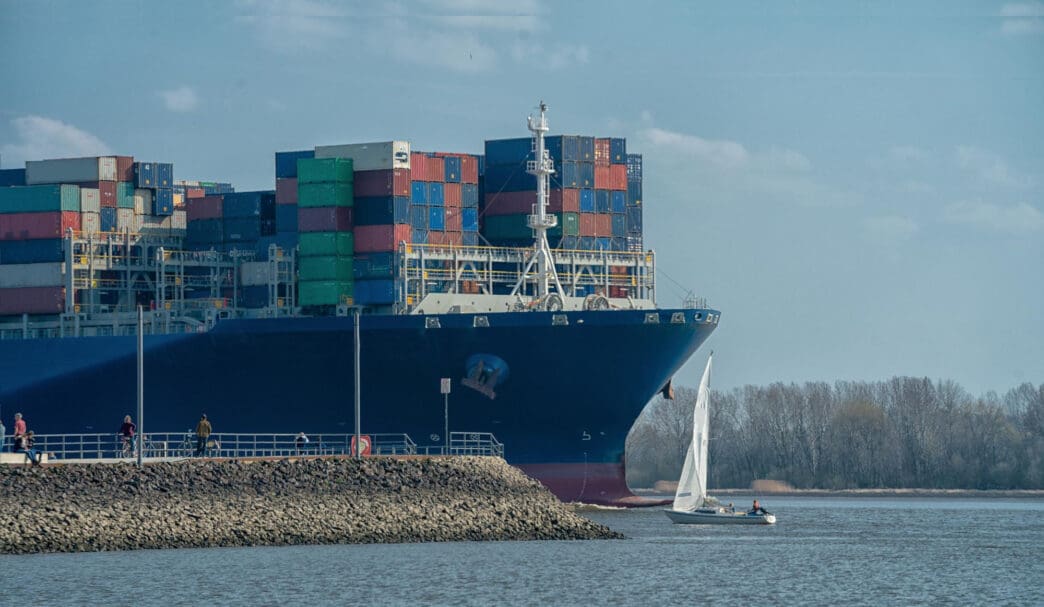Executive Summary
The Story So Far
Why This Matters
Who Thinks What?
U.S. Trade Representative Jamieson Greer stated on Tuesday that President Donald Trump considers the existing 55% tariffs on Chinese imports to be a “good status quo,” even as a critical November 10 deadline looms for these tariffs to potentially escalate significantly. Speaking at the Economic Club of New York, Greer articulated the administration’s aim for a more balanced bilateral trade relationship, particularly through increased trade in “non-sensitive goods,” despite ongoing complexities in negotiations.
Trade Standoff and Tariff Deadlines
Greer conveyed that Trump views the current tariff structure as the de facto trade agreement with China. He quoted President Trump as saying, “Yeah, this is our deal. I’ve got 55% tariffs on it. That’s the deal.” This perspective suggests no immediate inclination to reduce the tariffs ahead of the November 10 expiration of a trade truce between the two economic giants.
The existing U.S. tariffs on Chinese goods, combined with China’s retaliatory tariffs of over 10% on U.S. imports, are set to revert to much higher rates without an extension. On November 10, U.S. tariffs could snap back to approximately 145%, while Chinese tariffs could reach 125%, potentially halting nearly all bilateral trade.
Negotiation Dynamics and TikTok Dispute
During mid-September talks held in Madrid, Chinese Vice Premier He Lifeng reportedly sought U.S. tariff reductions. This was offered in exchange for ceding ownership control of the Chinese video app TikTok to a U.S.-based consortium, a proposal that Greer and U.S. Treasury Secretary Scott Bessent ultimately rejected.
Greer observed that Chinese negotiators have exhibited a more assertive stance, attributed to China’s leverage over global supplies of rare earth minerals and magnets, leading to increased demands. He also highlighted how China’s “wolf warrior ethos” in diplomacy is increasingly influencing U.S.-China economic discussions, injecting a “political edge” into what were historically more technical negotiations.
Maintaining Communication Amidst Challenges
Despite the heightened tensions and increased demands, Greer affirmed that both sides are actively engaged in discussions, meeting frequently. He noted the presence of mutual respect and strong communication channels, which he believes help in avoiding unexpected policy shifts from either nation.
The path forward for U.S.-China trade relations remains uncertain, with the November 10 deadline serving as a critical juncture for determining the future of tariff levels and the broader economic engagement between the two global powers.








